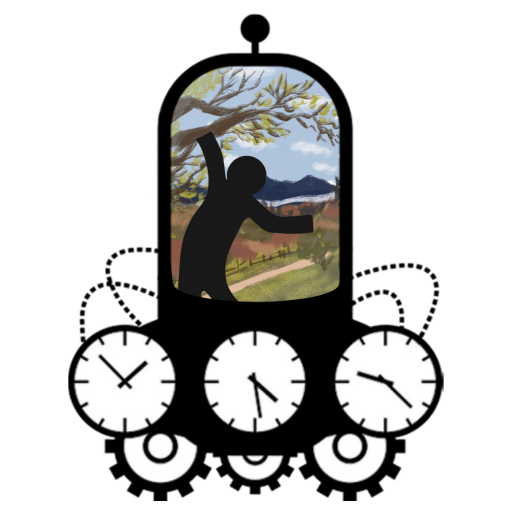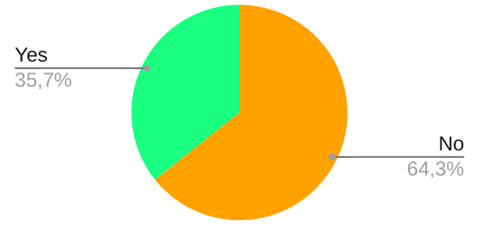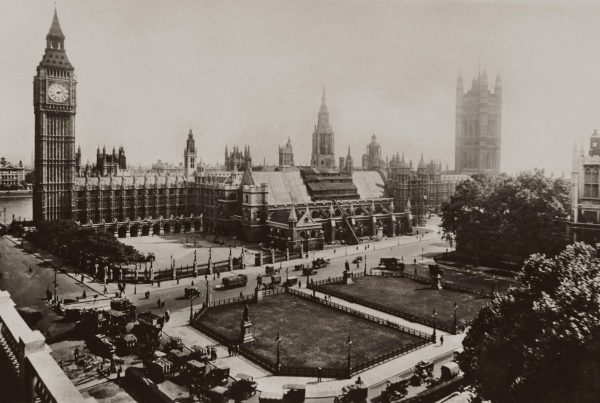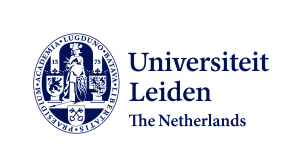When I first heard about scientism/quantification in the humanities, it felt like I could put my finger on everything wrong with the world. It represented the neoliberalization of the academy, where academics have to insert data and tables in their research to “support” claims of societal importance, by imitating social science. It reduces to numbers what thrives on nuance, scientism takes the human out of the humanities.
As an introduction, this already posits me as a highly opinionated (aspiring) scholar, who lets first impressions disregard entire fields of science. While that first part is definitely correct, I’m not interested in “what social science can do for the humanities,” I am intrigued by social science as a site of knowledge-making on its own. It is for that reason that I strive to gain insight into this part of the academy during the (short) time that I’m connected to the PlayTime project, while consistently situating myself as someone with a background in the scholarship of (narrative) media. Oh and I’m Filip, by the way, nice to meet you 😀
One of the biggest prejudices I had against social science, that I have rejected during my initial exploration of recommended literature, is the perceived lack of evolution of doing research. At first sight, scientific research doesn’t seem as concerned with developing the way knowledge is produced with every project as it is in producing the knowledge itself. In the courses I took in the humanities I was often encouraged to add to conceptual frameworks within the assignments, to nuance and/or strengthen the tools humanities scholars have at their disposal. In the social sciences, knowledge is created in a different way, since that development of tools isn’t typically the focus. Its focus is on utilizing the tools to conduct research, (critically) applying methods on new subjects to gather new data and compare it to previous research. But to say that recontextualising research methods doesn’t develop the way research is conducted is just plain wrong, and the act of recontextualising is not done uncritically: changing the games researched from ones that take place in a modern setting in previous research to historical ones in the new, required changing questions to reflect that difference. Social science shows plenty of development, which I was too narrow minded to notice at first sight.
Looking at the structure of scientific papers, I noticed that they are way more normatively structured than what I usually read. Dividing a paper in clearly delimited sections like “introduction,” “method,” “conclusion(s)” are recognizable to me, but to separate “findings,” “analysis” and “discussion” seems to disregard that to observe is to interpret. Luckily the conclusion and the discussion section can sometimes be found combined, since that’s where the interpretation of the data happens most overtly.
This still leaves the “future research” section for speculating on developments and what looking further into the topic of research might gain. By pointing to possible continuations of the topic, social science encourages its constituents to broaden the knowledge-base more structurally than the humanities, which research often lacks such a segment.
The section above would not pass in social science, since I didn’t do a literature review on any scale and it is mostly anecdotal. What I do hope to have shown is that I am moving into this project with an open mind, while keeping my critical eyes peeked.






